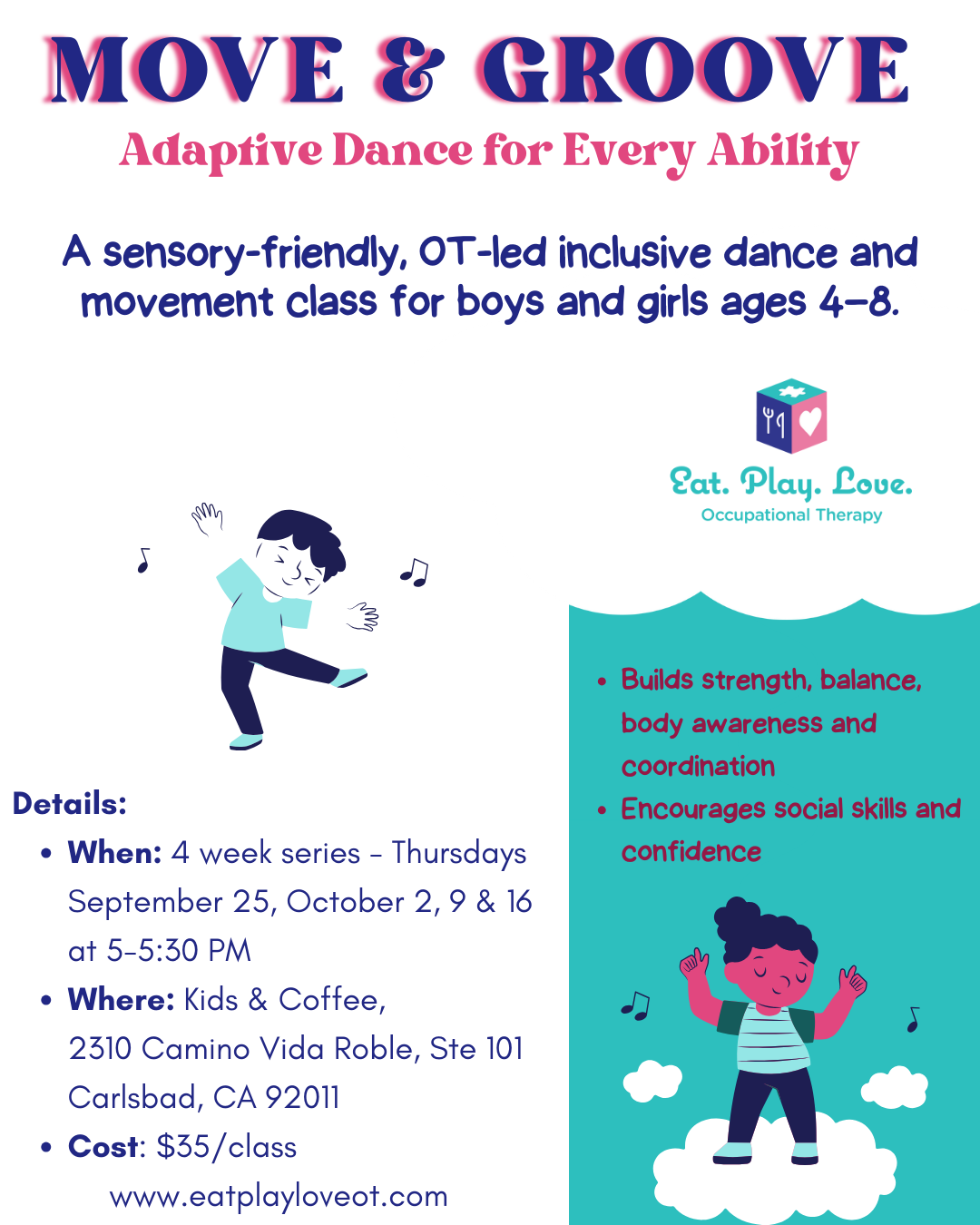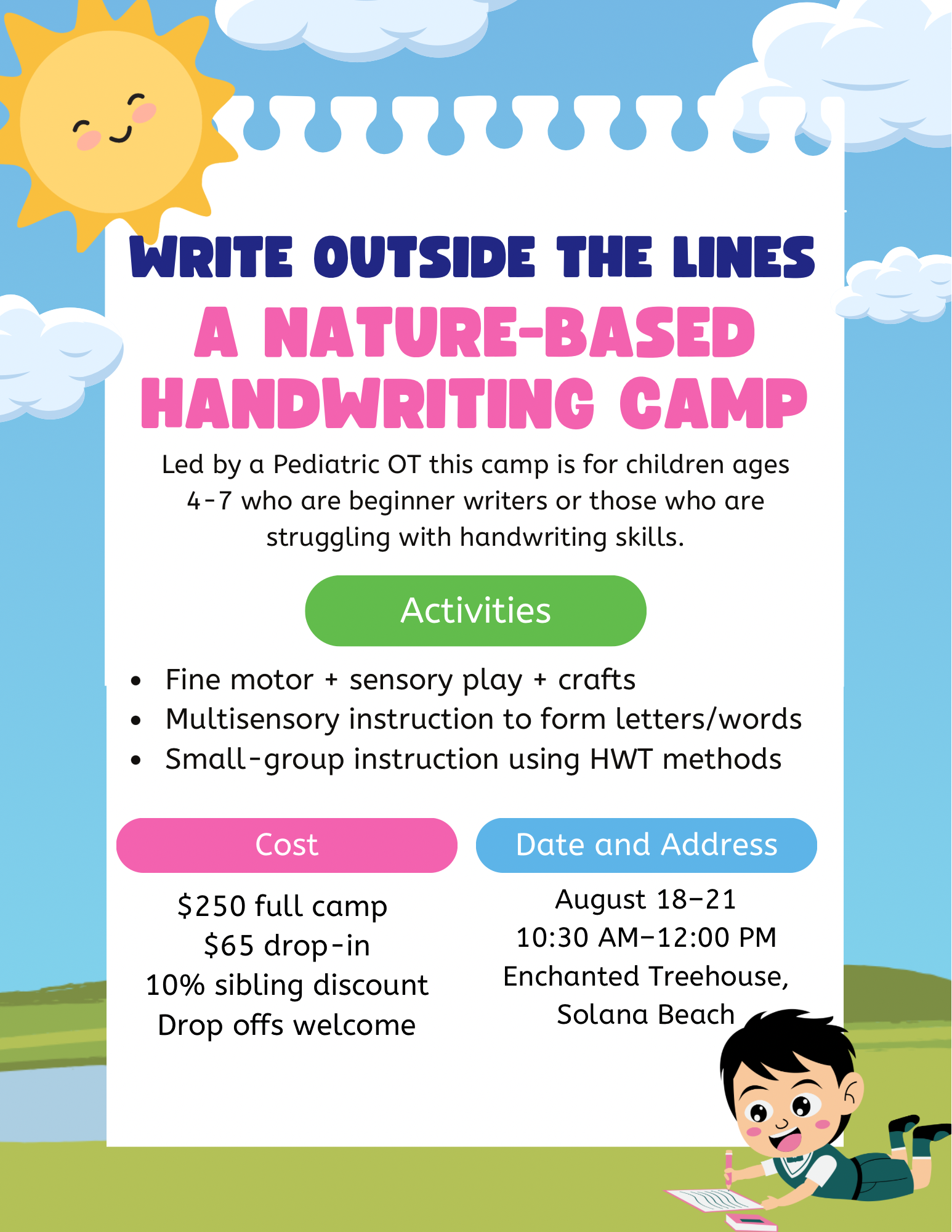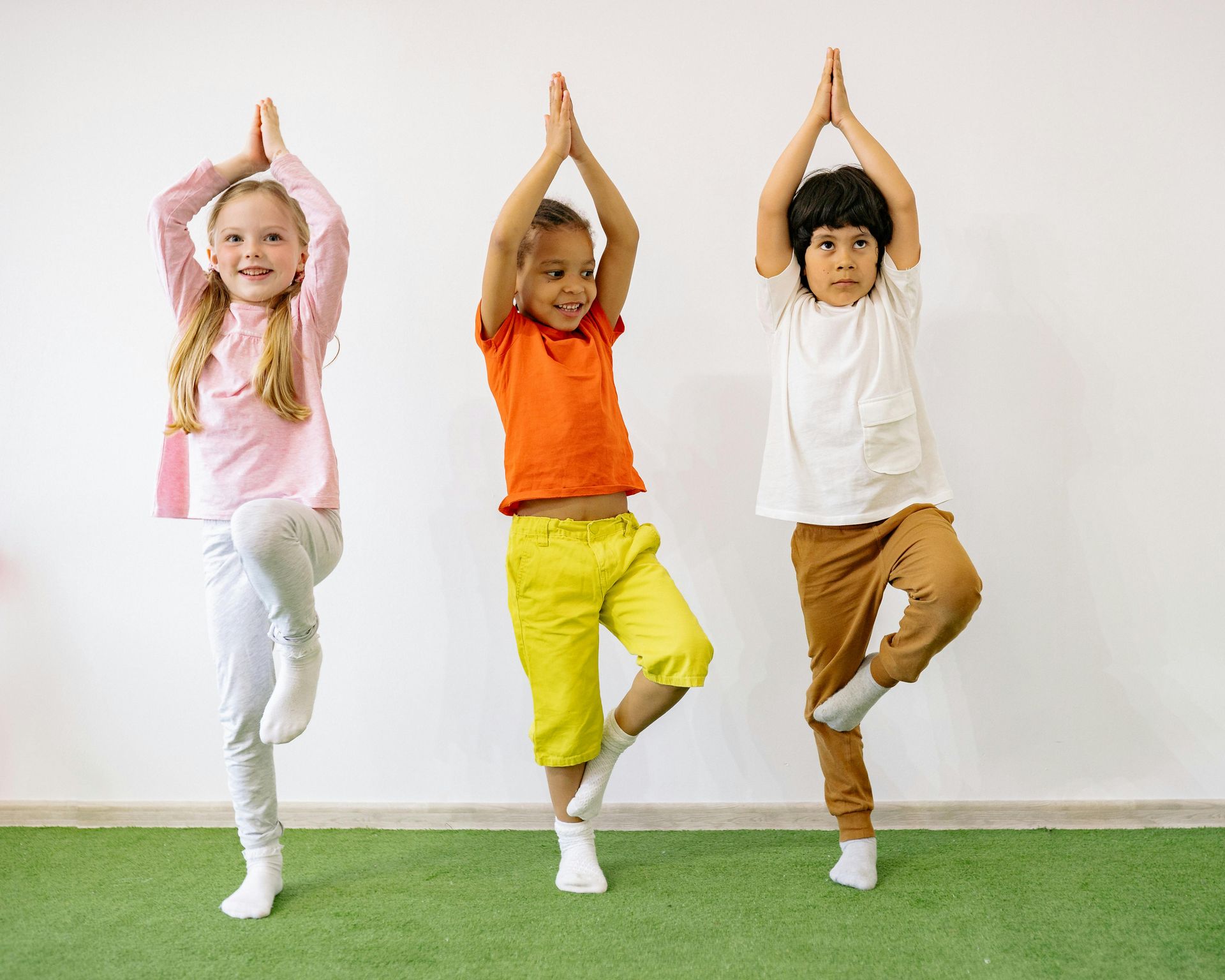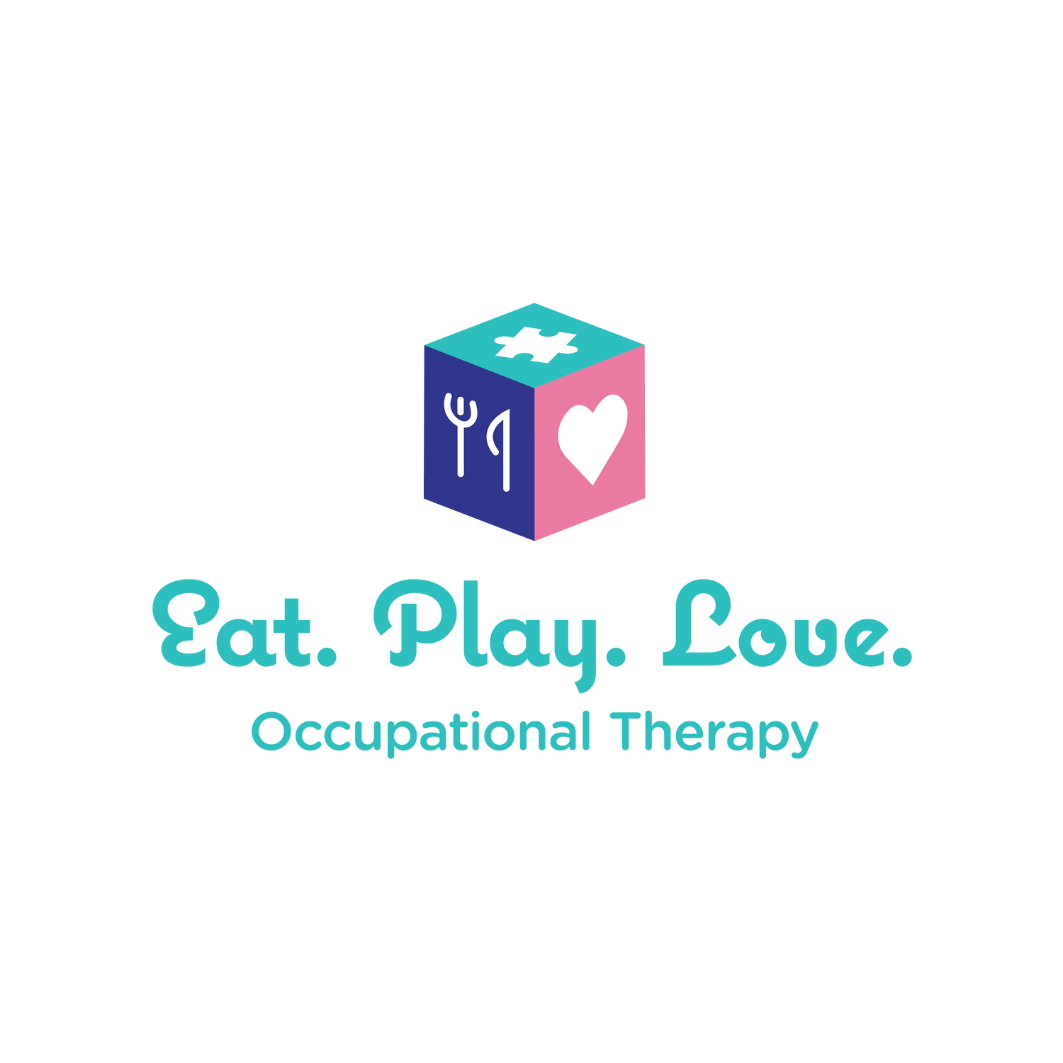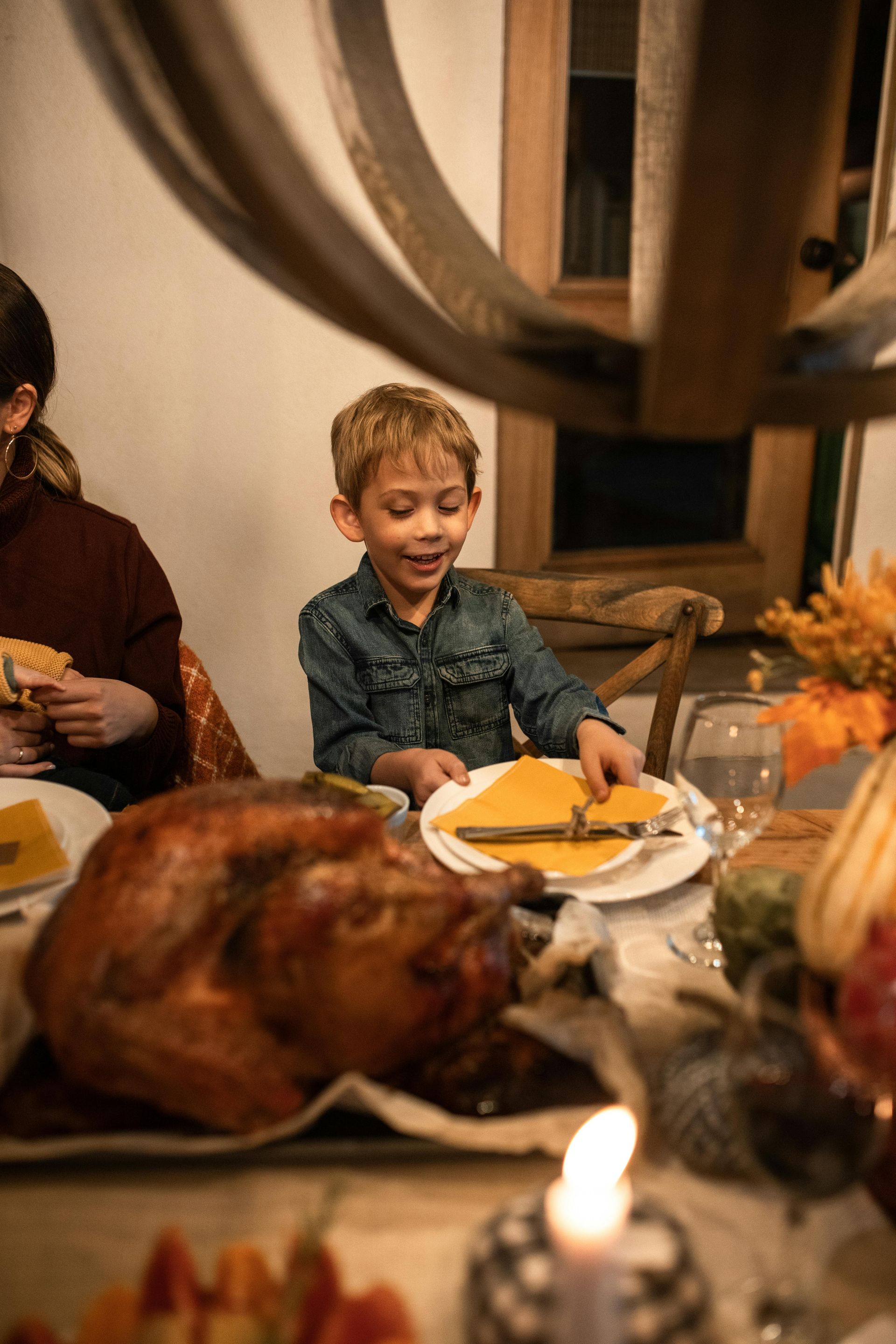15 Non-Candy Treats for Kids with Autism
15 Non-Candy Treats for Kids with Autism: Sensory-Friendly & Fun Alternatives
🌈 Why Choose Non-Candy Treats for Kids with Autism?
For many children with autism, traditional candy-filled celebrations can lead to sensory overload, tummy troubles, and behavioral challenges.
Sugar, artificial dyes, and sticky textures might seem harmless — but for kids with sensory sensitivities, they can trigger meltdowns, stomach upset, or complete refusal.
As a pediatric occupational therapist, I love showing parents, teachers, and therapists that it’s easy (and fun!) to create celebrations that are inclusive, joyful, and regulation-friendly — without candy.
🎁 The Benefits of Non-Candy Treats
Non-candy options:
- Support kids with feeding or oral-motor difficulties
- Prevent sugar-related behavior crashes
- Promote fine motor and sensory play
- Include children with food allergies or restricted diets
- Reduce anxiety during school or therapy parties
💡 Therapist insight: When you swap sugar for sensory play, you create calm, confidence, and inclusion.
These are tried-and-true favorites in my occupational therapy clinic and sensory classes — affordable, easy to find, and great for goodie bags, therapy rewards, or Halloween.
1️⃣ Mini Fidgets and Sensory Toys
Small fidget items are an instant win for most kids on the spectrum. They meet the need for tactile or movement input in a way that’s calming, not overstimulating.
Ideas:
- Stretchy noodles
- Pop-it keychains
- Squishy stress balls
- Spiky sensory rings
Why OTs love it: Fidgets help kids self-regulate, focus, and transition smoothly between activities.
2️⃣ Crayons, Markers, or Mini Art Kits
Coloring supports fine motor control, grasp, and visual-motor integration — all essential developmental skills.
Choose:
- Chunky crayons for younger kids
- Triangle crayons for proper finger placement
- Unscented markers for sensory safety
💡 Tip: Include a small notepad or “decorate your folder” activity for classroom rewards.
3️⃣ Puffy, Textured, or Reusable Stickers
Peeling stickers builds hand strength, bilateral coordination, and attention to detail.
🎨 Sensory bonus: The textures and sparkle provide satisfying tactile input!
Use themes kids love — animals, vehicles, space, or calming affirmations like “I can do hard things!”
4️⃣ Kinetic Sand or Cloud Dough Containers
Sensory play in a cup!
Scoop small portions into lidded jars or silicone snack containers for mess-free fun.
Why it works:
Kinetic sand offers deep tactile feedback, helping kids calm their nervous systems through touch.
🧠 OT tip: Add small tools (like mini spoons or molds) to encourage fine-motor play.
5️⃣ Mini Bubble Wands or Pinwheels
Blowing bubbles helps strengthen oral-motor muscles and teaches kids to take deep, calming breaths — a perfect self-regulation skill.
💨 OT hack: Teach “bubble breathing” — slow inhale through the nose, long exhale through the mouth to make the biggest bubble.
6️⃣ Stretchy Animals or Stress Toys
Soft, stretchy, and irresistible to squeeze — these help kids release tension.
🐙 Examples: stretchy lizards, jelly cats, or bendable figures.
They give proprioceptive input (the body’s way of knowing where it is in space), which helps kids feel grounded.
7️⃣ Glow Sticks, Light-Up Rings, or Fiber Wands
For visual sensory seekers, glowing toys are magic!
They turn lights-off events into soothing experiences.
⚠️ Avoid flickering lights that could overstimulate or cause visual discomfort.
Great for: fall festivals, Trunk-or-Treats, night hikes, or calming bedtime routines.
8️⃣ Puzzle Erasers or Mini LEGO Sets
Tiny manipulatives encourage problem-solving, hand-eye coordination, and fine-motor strength.
🧩 OT tip: These double as quiet fidgets during class or therapy breaks.
9️⃣ Water Bead Sensory Kits
Water beads (Orbeez-style) are visually fascinating and wonderful for tactile exploration.
Pack a tablespoon’s worth in sealed bags labeled “Just Add Water!”
💧 OT safety note: Use only with supervision and avoid if a child mouths objects.
🔟 Temporary Tattoos or Self-Inking Stamps
For kids who love novelty, these replace the excitement of candy with a fun surprise.
🎨 Choose gentle, non-scented inks and washable materials.
🖐️ Therapy twist: Have kids press stamps themselves — it builds hand strength and bilateral coordination.
11. Toy Cars, Mini Animals, or Figurines
Small collectible toys encourage pretend play and social interaction.
🏗️ Combine them with a roll of painter’s tape to create “roads” or “animal habitats” on the floor for a sensory-motor activity.
12. DIY Sensory Art Bags
Fill each bag with craft textures:
- Pipe cleaners
- Pom-poms
- Felt squares
- Glue dots
- Foam stickers
🌈 Why it’s great: Kids explore textures and make art on their own terms — no pressure to “get messy.”
13. Cozy Socks or Weighted Wristbands
Soft textures = instant comfort.
🧦 Offer fuzzy socks, wrist wraps, or small beanbags that give gentle weight.
Weighted accessories can calm an overstimulated child by giving grounding proprioceptive input.
14. Gentle Sound Toys
Avoid loud or high-pitched toys. Instead, choose calm, rhythmic options like shaker eggs, rainsticks, or mini tambourines.
🎵 OT insight: Predictable rhythm helps regulate the brain and body connection — especially during transitions.
15. Experience Coupons (Non-Tangible Rewards)
For classrooms or therapy sessions, experience-based rewards are gold.
Create printable coupons like:
- “5 minutes extra swing time”
- “Choose the group game”
- “Help set up sensory play”
🧠 Why it’s powerful: It builds self-advocacy, choice-making, and connection — core social-emotional skills for neurodiverse kids.
💌 Bonus: How to Package Non-Candy Treats
Presentation matters!
Even simple trinkets feel exciting when packaged thoughtfully.
🎁 Ideas:
- Clear cellophane bags tied with ribbon
- Mini paper boxes with calming color themes
- Reusable pouches labeled “Sensory Treasure Bag”
🧠 Therapist tip: Previewing the contents helps reduce anxiety for kids who struggle with surprises.
🧩 How These Treats Support Sensory Regulation
Each of these non-candy treats supports a sensory system:
Treat Type Sensory System Supported Benefit Fidgets & squishies Tactile & proprioceptive Focus + calm Bubbles & pinwheels Oral & respiratory Breath control Glow sticks & visual toys Visual Soothing feedback Stickers & crafts Fine-motor Coordination + confidence Cozy socks & weighted items Proprioceptive Grounding 💬 SEO phrase: sensory gifts for autism, OT approved toys, autism sensory regulation tools
🏫 Non-Candy Rewards for Classrooms or Therapy
If you’re a teacher or therapist looking for classroom-friendly ideas:
- Keep a “Treasure Basket” filled with small prizes.
- Offer choices — autonomy reduces anxiety.
- Rotate items monthly to maintain novelty.
- Combine with praise that highlights effort, not outcome.
🎓 Example: “You worked so hard staying calm today — choose a fidget for your calm kit!”
🎃 Non-Candy Halloween Ideas for Kids with Autism
Halloween can be tricky for sensory-sensitive children — itchy costumes, flashing lights, and sugar overload galore.
To create a more inclusive experience:
- Hand out non-food treats and display the Teal Pumpkin Project symbol.
- Offer quiet, low-light spaces for breaks.
- Avoid loud sound effects or strobe lights.
💚 Best Halloween fillers: glow sticks, fidgets, small toys, stickers, and tattoos.
👩🏫 OT-Approved Treats = Inclusion in Action
When we think beyond candy, we open the door to genuine inclusion — no child left out, no parent anxious about ingredients, and no meltdowns from sugar highs.
You’re not just swapping sweets for toys; you’re creating an environment where every child feels safe and celebrated.
💬 Real-Life Example from an OT Clinic
At Eat. Play. Love. Occupational Therapy in San Diego, our therapists fill “Calm Kits” and “Sensory Prizes” with items like stretchy noodles, mini lights, and fidget cubes.
We’ve seen children who once dreaded holidays now light up with pride choosing their own sensory-friendly treat.
These small shifts matter — they turn exclusion into empowerment.
🌿 Sweet Moments Without Sugar
Candy might be temporary joy — but connection lasts longer.
By offering non-candy, sensory-friendly alternatives, you help kids with autism feel safe, calm, and confident to join the fun.
So next holiday or classroom celebration, skip the sugar rush. Fill their hands — and hearts — with something that sparks joy instead.
💛 Because every child deserves to eat, play, and love their world.

